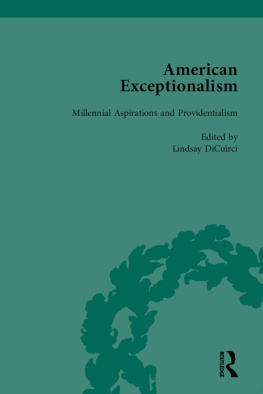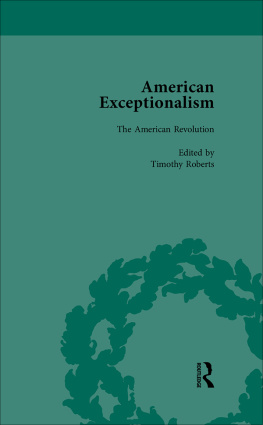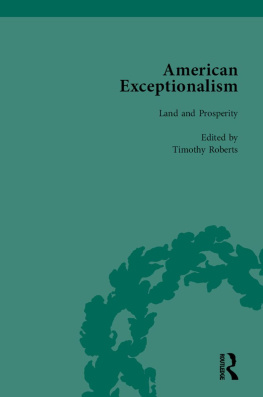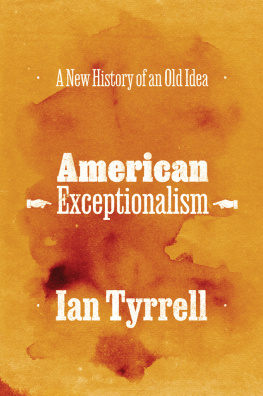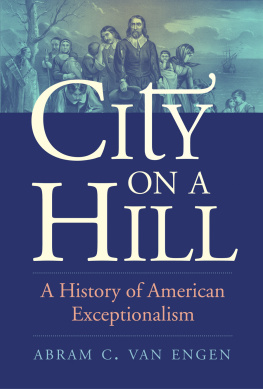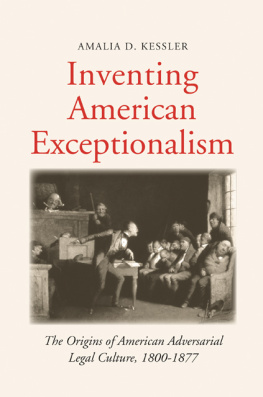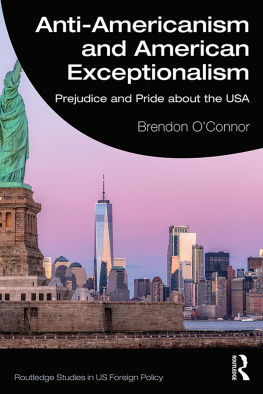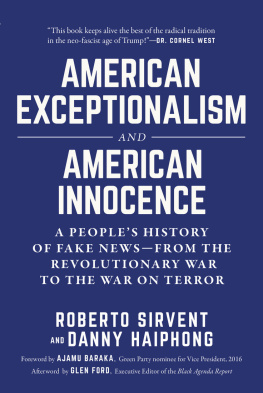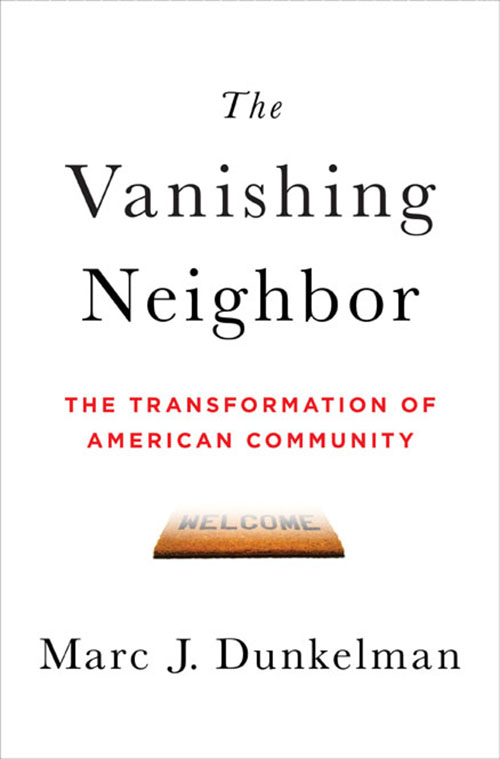Dunkelman - The Vanishing Neighbor: The Transformation of American Community
Here you can read online Dunkelman - The Vanishing Neighbor: The Transformation of American Community full text of the book (entire story) in english for free. Download pdf and epub, get meaning, cover and reviews about this ebook. year: 2014, publisher: W. W. Norton & Company, genre: Detective and thriller. Description of the work, (preface) as well as reviews are available. Best literature library LitArk.com created for fans of good reading and offers a wide selection of genres:
Romance novel
Science fiction
Adventure
Detective
Science
History
Home and family
Prose
Art
Politics
Computer
Non-fiction
Religion
Business
Children
Humor
Choose a favorite category and find really read worthwhile books. Enjoy immersion in the world of imagination, feel the emotions of the characters or learn something new for yourself, make an fascinating discovery.

- Book:The Vanishing Neighbor: The Transformation of American Community
- Author:
- Publisher:W. W. Norton & Company
- Genre:
- Year:2014
- Rating:4 / 5
- Favourites:Add to favourites
- Your mark:
The Vanishing Neighbor: The Transformation of American Community: summary, description and annotation
We offer to read an annotation, description, summary or preface (depends on what the author of the book "The Vanishing Neighbor: The Transformation of American Community" wrote himself). If you haven't found the necessary information about the book — write in the comments, we will try to find it.
A sweeping new look at the unheralded transformation that is eroding the foundations of American exceptionalism.
Americans today find themselves mired in an era of uncertainty and frustration. The nations safety net is pulling apart under its own weight; political compromise is viewed as a form of defeat; and our faith in the enduring concept of American exceptionalism appears increasingly outdated.But the American Age may not be ending. In The Vanishing Neighbor, Marc J. Dunkelman identifies an epochal shift in the structure of American lifea shift unnoticed by many. Routines that once put doctors and lawyers in touch with grocers and plumbersinteractions that encouraged debate and cultivated compromisehave changed dramatically since the postwar era. Both technology and the new routines of everyday life connect tight-knit circles and expand the breadth of our social landscapes, but theyve sapped the commonplace, incidental interactions that for centuries have built local communities and fostered healthy debate.
The disappearance of these once-central relationshipsbetween people who are familiar but not close, or friendly but not intimatelies at the root of Americas economic woes and political gridlock. The institutions that were erected to support what Tocqueville called the townshipthat unique locus of the power of citizensare failing because they havent yet been molded to the realities of the new American community.
Its time we moved beyond the debate over whether the changes being made to American life are good or bad and focus instead on understanding the tradeoffs. Our cities are less racially segregated than in decades past, but weve become less cognizant of whats happening in the lives of people from different economic backgrounds, education levels, or age groups. Familiar divisions have been replaced by cross-cutting networkswith profound effects for the way we resolve conflicts, spur innovation, and care for those in need.
The good news is that the very transformation at the heart of our current anxiety holds the promise of more hope and prosperity than would have been possible under the old order. The Vanishing Neighbor argues persuasively that to win the future we need to adapt yesterdays institutions to the realities of the twenty-first-century American community.
Dunkelman: author's other books
Who wrote The Vanishing Neighbor: The Transformation of American Community? Find out the surname, the name of the author of the book and a list of all author's works by series.

